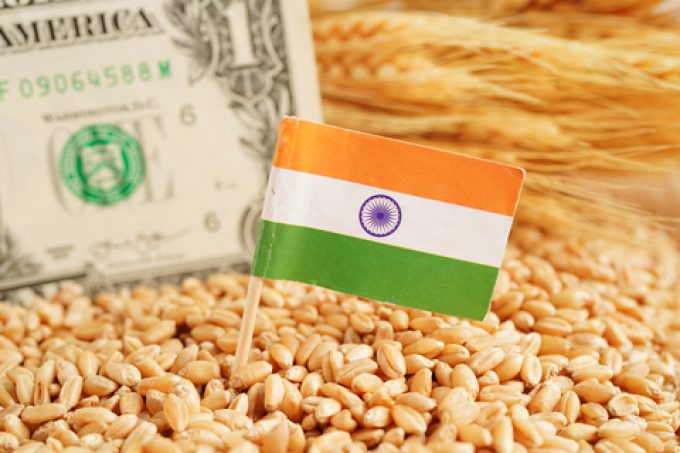Indian coastal freight attracts major carriers, but regional tension disrupts
India’s growing coastal freight demand looks like the next target for foreign container lines amid ...

Red Sea crisis-induced supply chain disruption seems to have severely crimped the ability of Indian agricultural exporters to ship their commodities to global markets.
Agri exports from India are mainly containerised grains, oil seeds, pulses, rice, sugar and vegetable oil, with Africa the top destination.
But several leading agri trading houses have halted export movements in the wake of soaring ocean rates and equipment availability issues over the past month or so, according to industry sources.
They noted that the crisis had effectively ...
Maersk Air Cargo sees volumes fall as it aims for 'margin in favour of revenue'
Keep our news independent, by supporting The Loadstar
Container spot rates diverge: to Europe still falling, but firmer to the US
Hapag-Lloyd won't take bookings if port congestion leaves cargo stranded
Ecommerce likely the front-runner in resurge of transpacific trade after deal
China-US trade tariff pause could drive a rebound for transpacific rates
Volume surge and an early peak season? 'Don't celebrate too soon,' warning
Airfreight players eye new routes as demand on the transpacific nosedives
Service chaos from trade ban with India a problem for Pakistan shippers
Airfreight rates ex-China 'loss-making', but hopes of a trade deal stay high
Indian coastal freight attracts major carriers, but regional tension disrupts
Serious threat to jobs in US logistics as tariffs cause economic 'stagflation'

Comment on this article